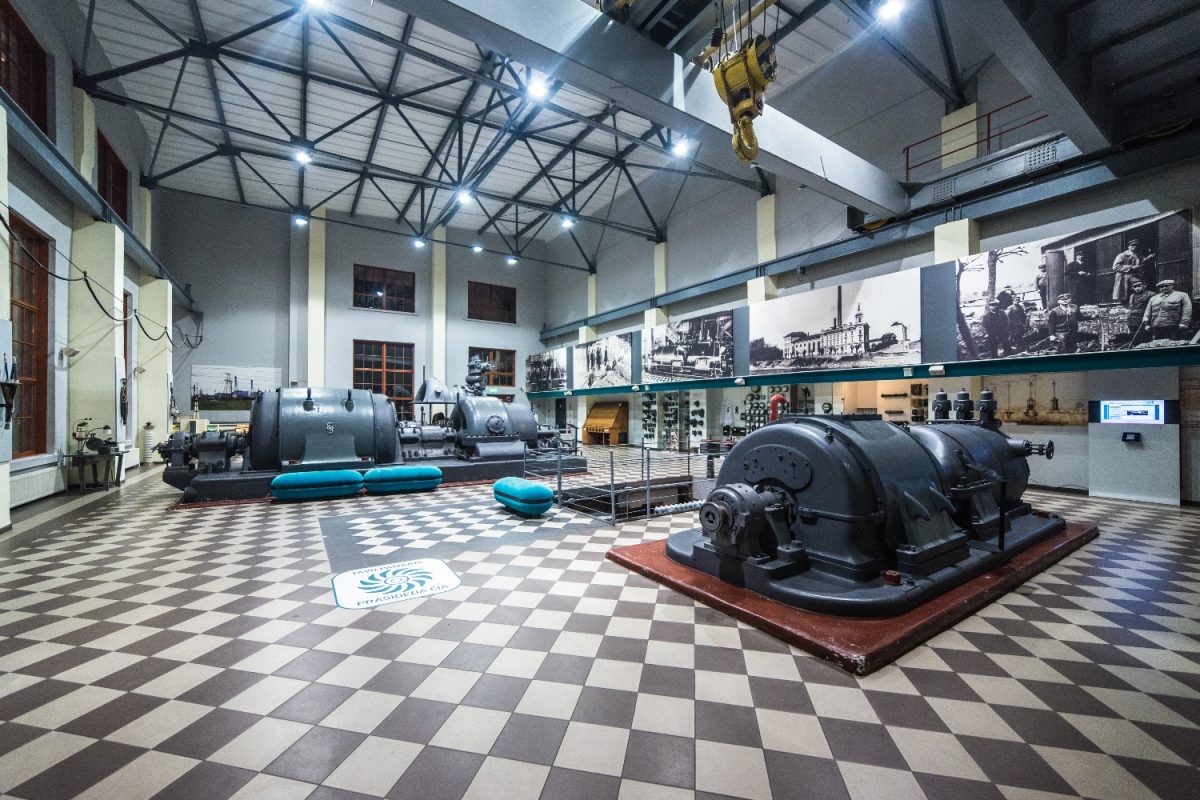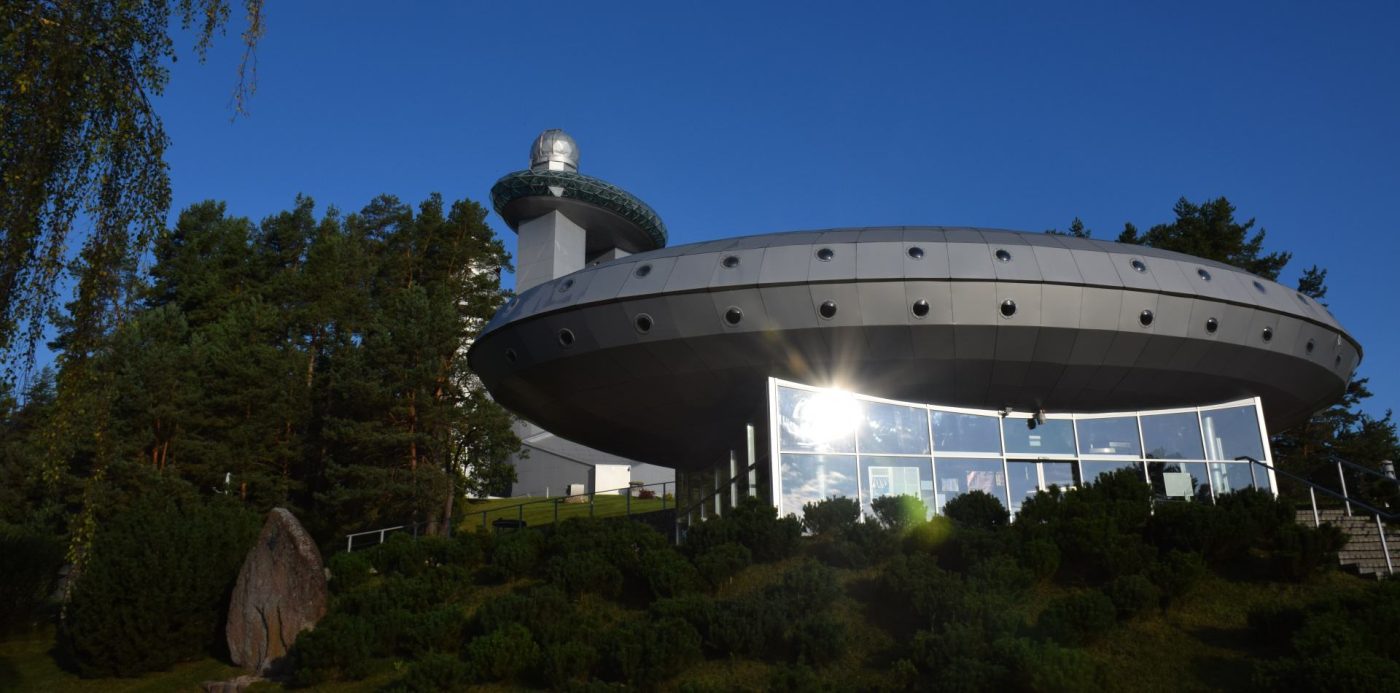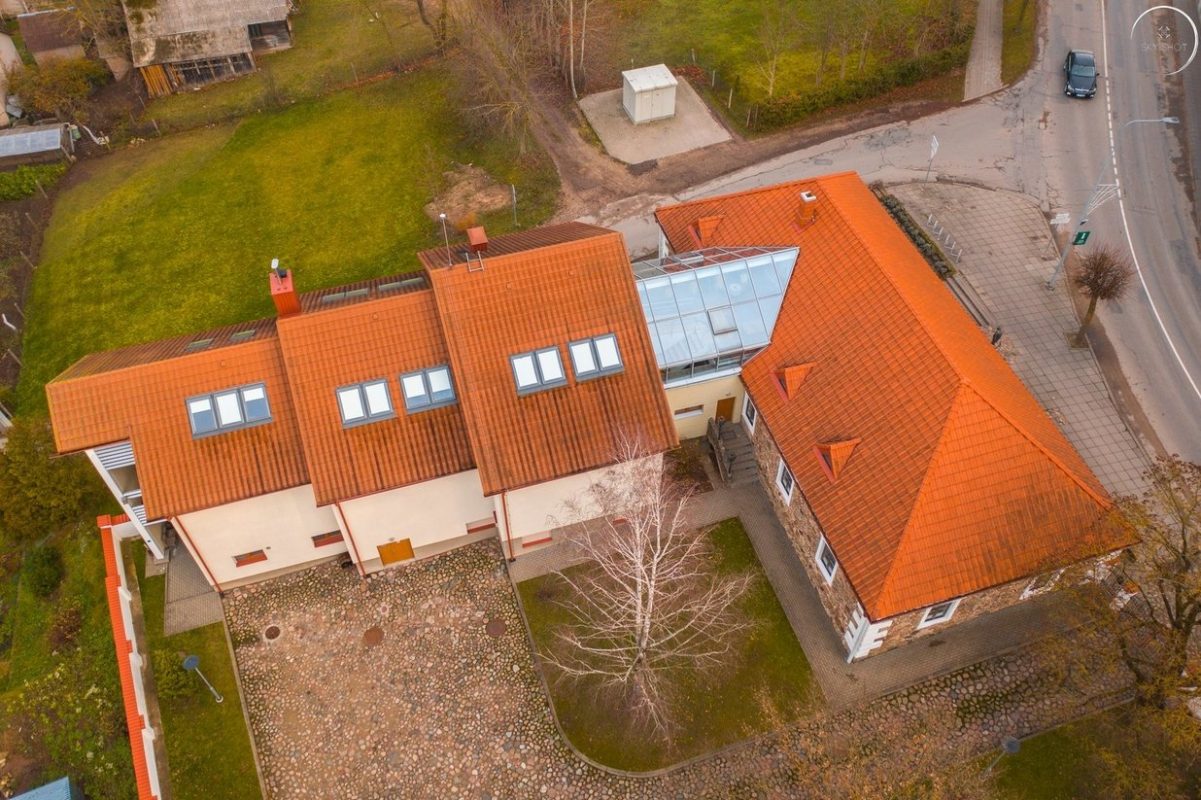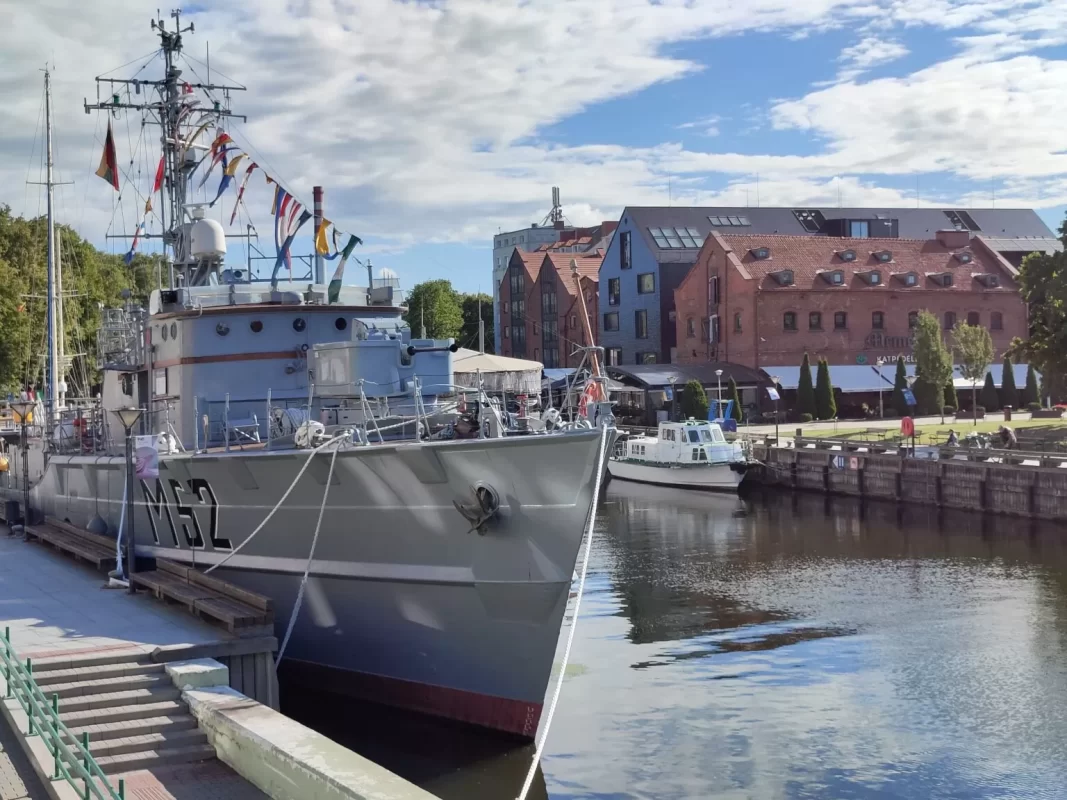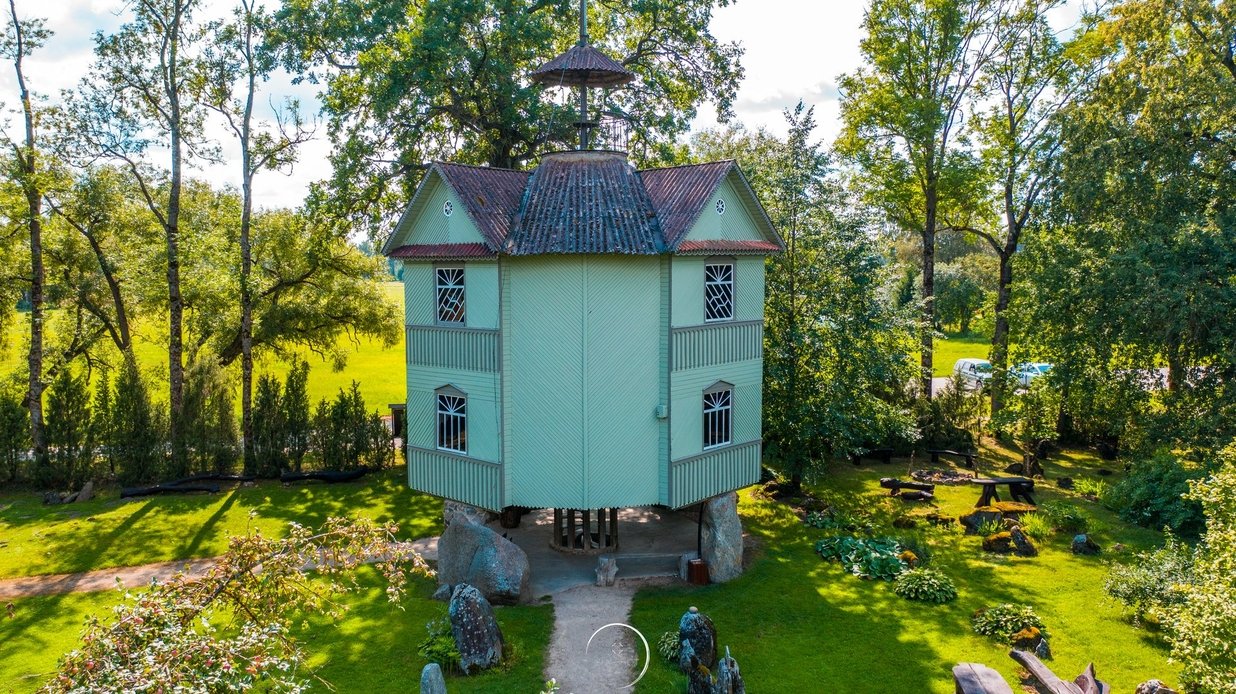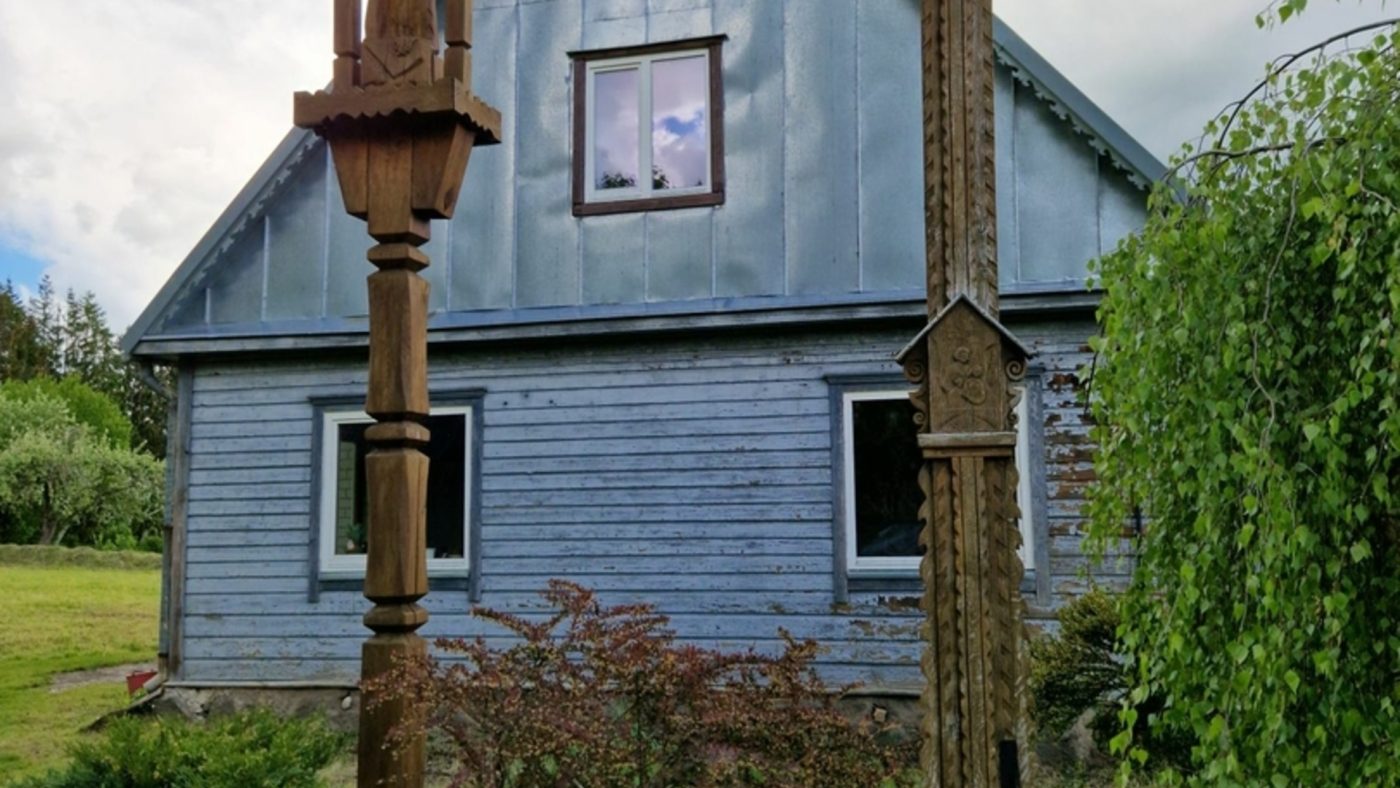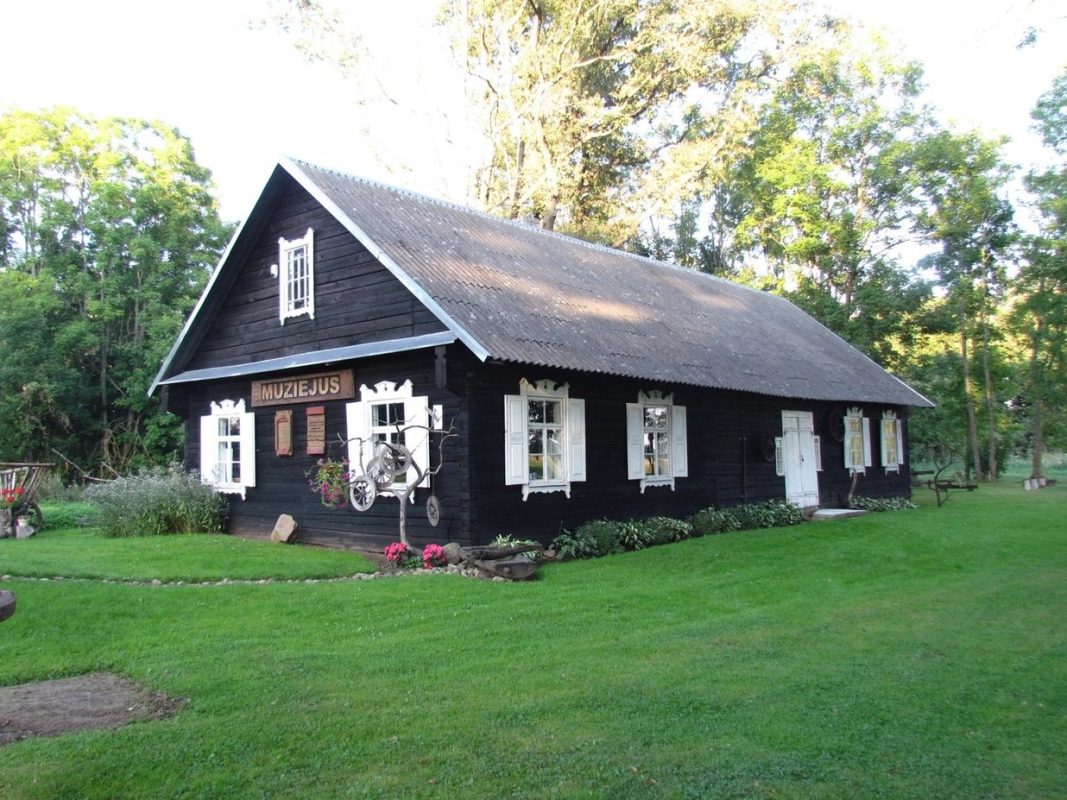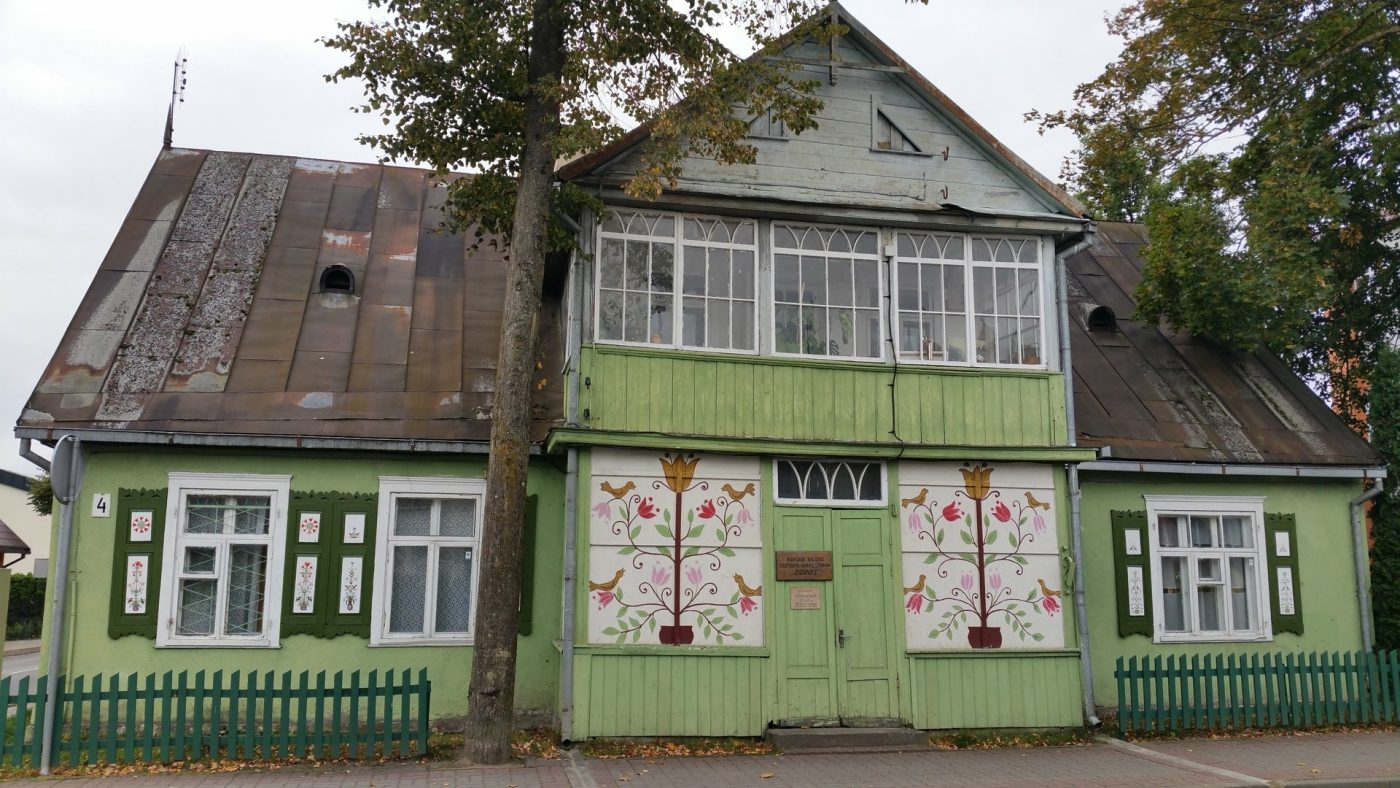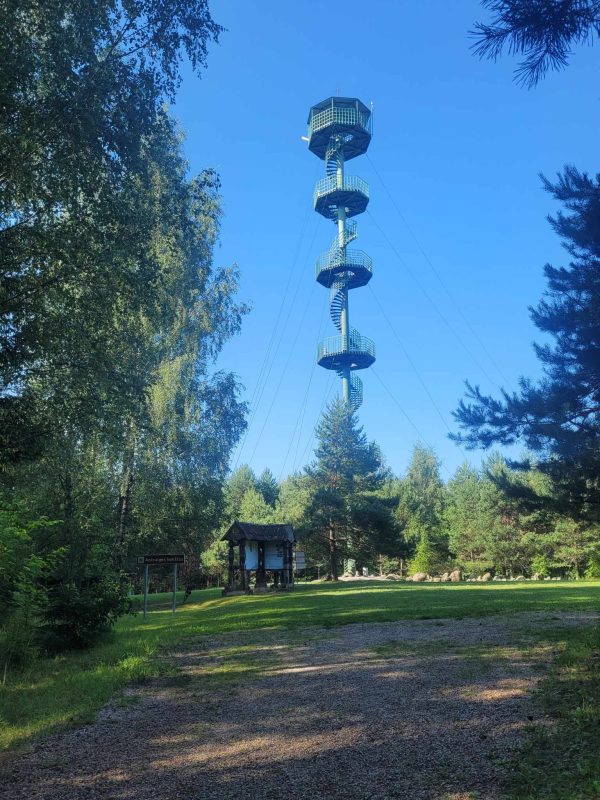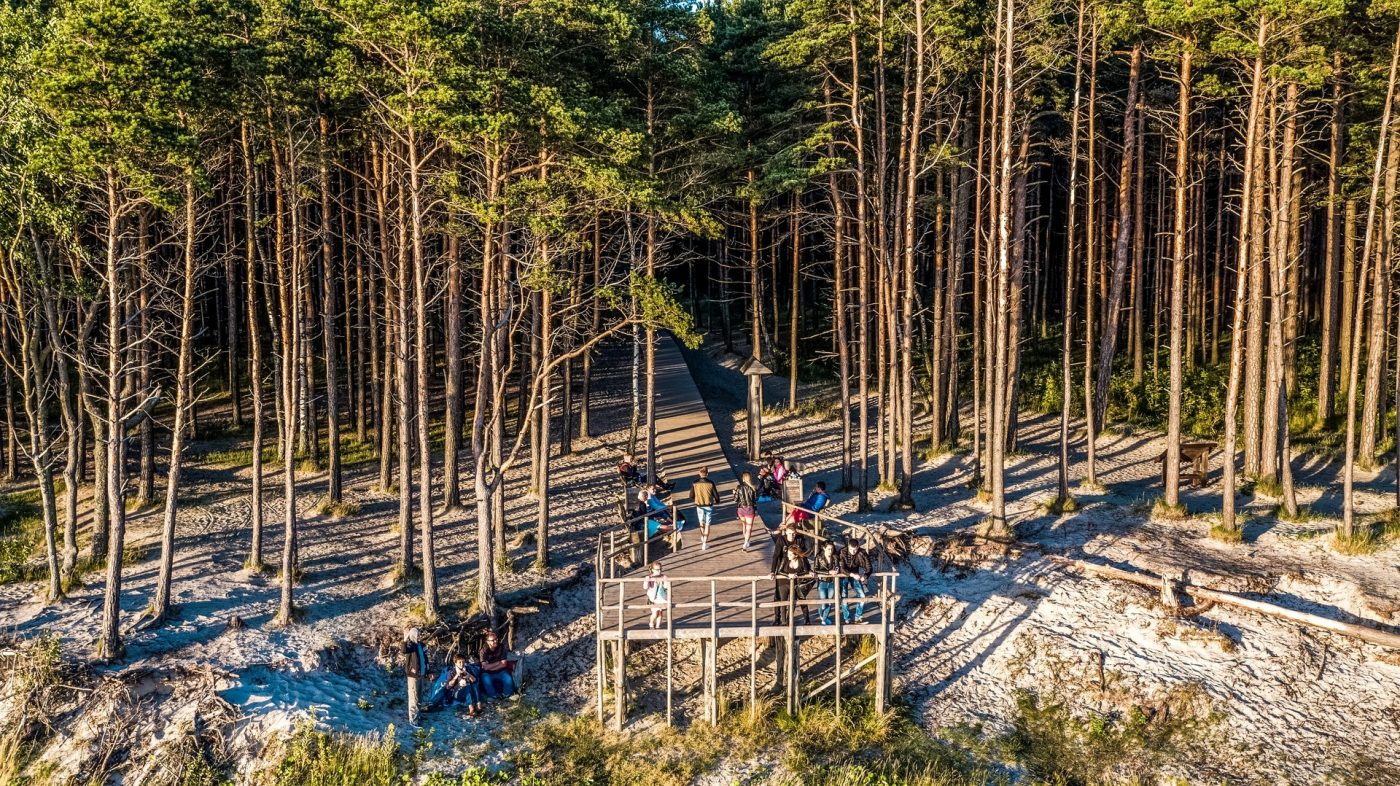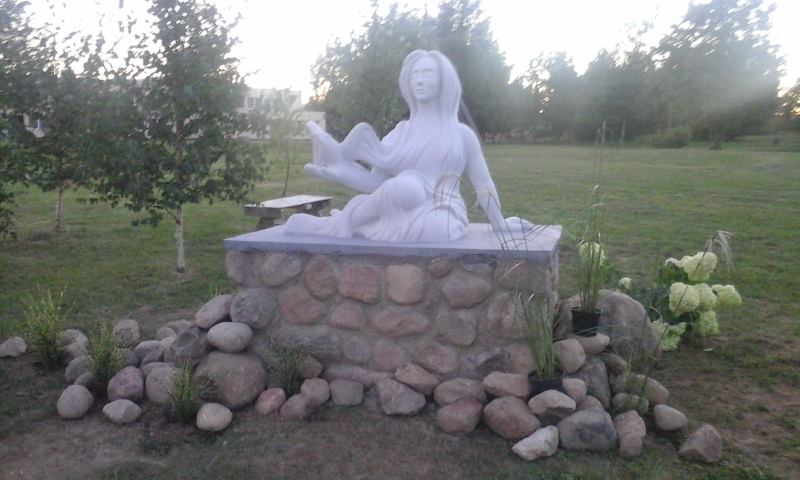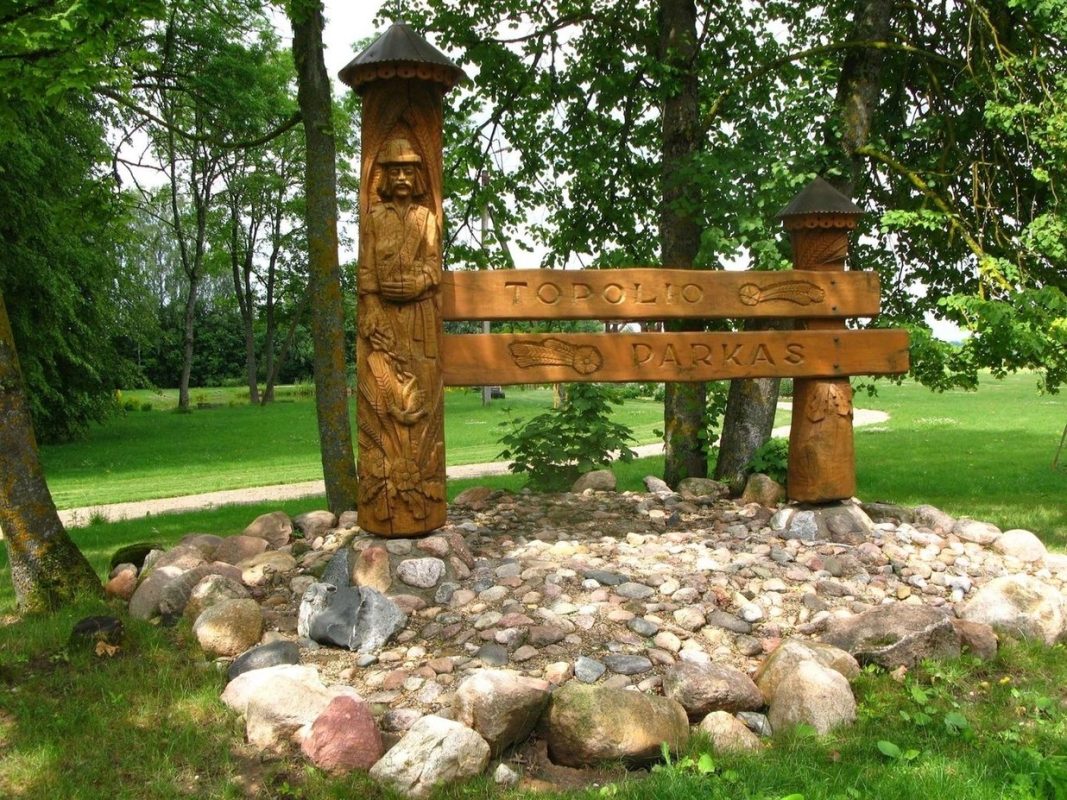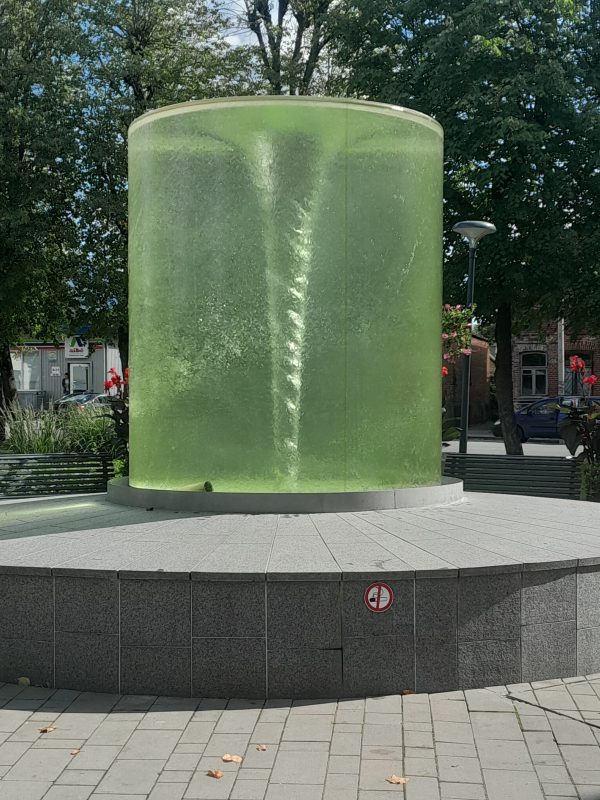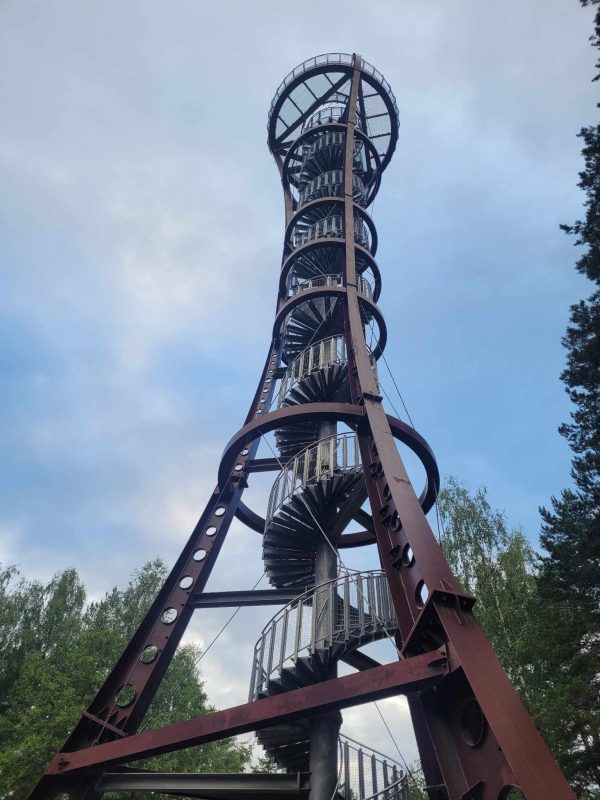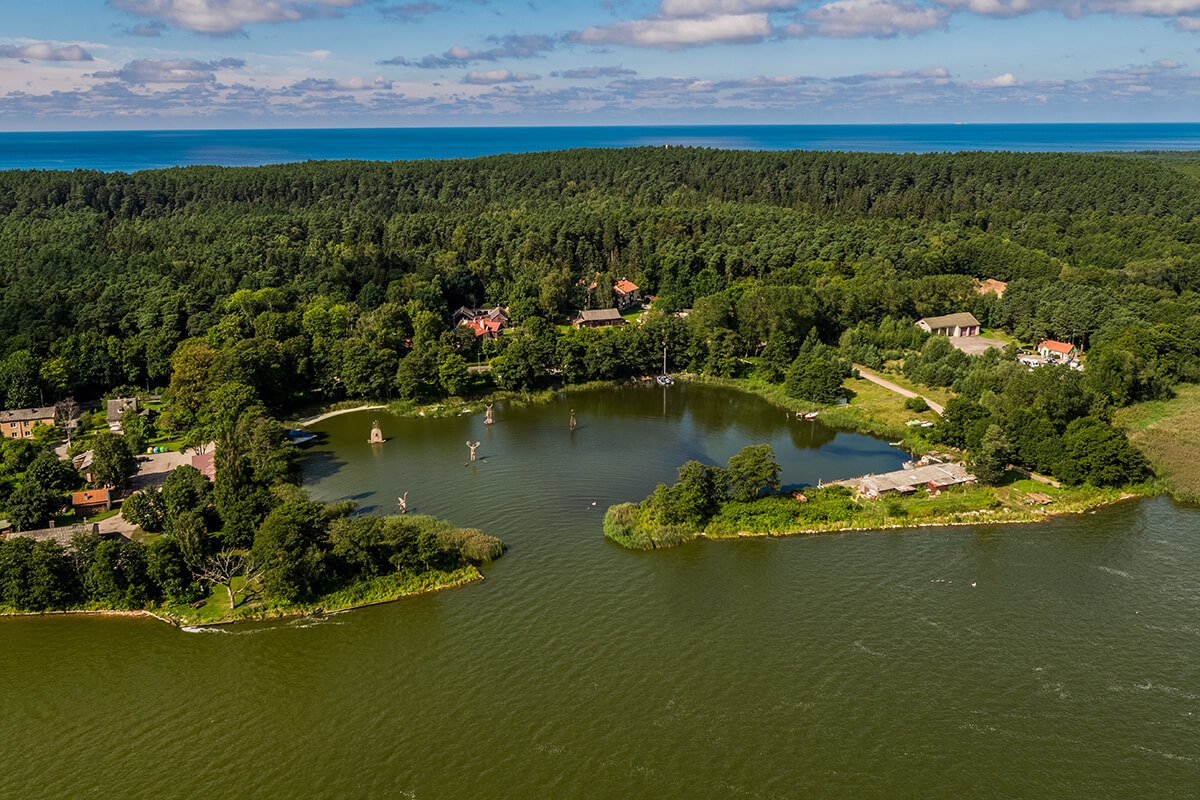Amber Bay is a small, idyllic bay on the northern side of Juodkrantė. Nowadays, this location hosts a reed sculpture symposium every June. The sculptures delight visitors throughout the summer and are burned during the autumn equinox celebration.
In 1855, while dredging the bottom of the Curonian Lagoon near Juodkrantė for navigation purposes, workers found amber in the mud. This discovery soon attracted the attention of businessmen. The first organized effort to excavate the lagoon's mud and search for valuable minerals was led by Wilhelm Stantien, a former miller, ship owner, and later a tavern owner in Klaipėda. When merchants from Danzig joined him, the company "W. Stantien and M. Becker" was formed. The government, which was deepening the navigation channel between Klaipėda and the shore, also sought to benefit from the amber search efforts, thus aiding the company. Combining their efforts, the company began to prosper.
The company needed cheap labor and encouraged Juodkrantė residents to dig for amber. As operations expanded, spacious barracks were built north of Juodkrantė, a ship repair workshop was opened, a port quay was installed, and a workshop for making diving gear was established. Juodkrantė gradually became an industrial town.
Amber was mined only in the summer, for about 30 weeks a year,
in three shifts. The amber extracted from the lagoon had to be cleaned and separated from impurities. From 1860 to 1890, approximately 75,000 kg of amber was mined annually. As production decreased, the excavation contract was not renewed in 1890, ending this industrial activity in Juodkrantė.
While excavating the bay port, middle Neolithic and Bronze Age amber artifacts were found in the lagoon's bottom, later known as the Juodkrantė Amber Treasure. The preservation of this collection is largely credited to Richard Klebs, a professor at the University of Königsberg and advisor to the "W. Stantien and M. Becker" company. He described the collection in his book "Stone Age Amber Ornaments" (the treasure is often referred to by his name). The collection was exhibited in various cities worldwide, gaining global recognition.
After World War II, only five items from the Juodkrantė treasure remained: three human figurines, a phallic pendant, and a double ornamented disc. These, along with other remaining artifacts, are preserved at the Geology and Paleontology Museum of the University of Göttingen. Based on the descriptions and drawings from R. Klebs' book, artist Bronė Kunkulienė created two sets of amber replicas, which are now displayed at the Palanga Amber Museum and the Mizgiris Amber Gallery in Nida.





 Entertainment
Entertainment
 Events
Events
 Food establishments
Food establishments
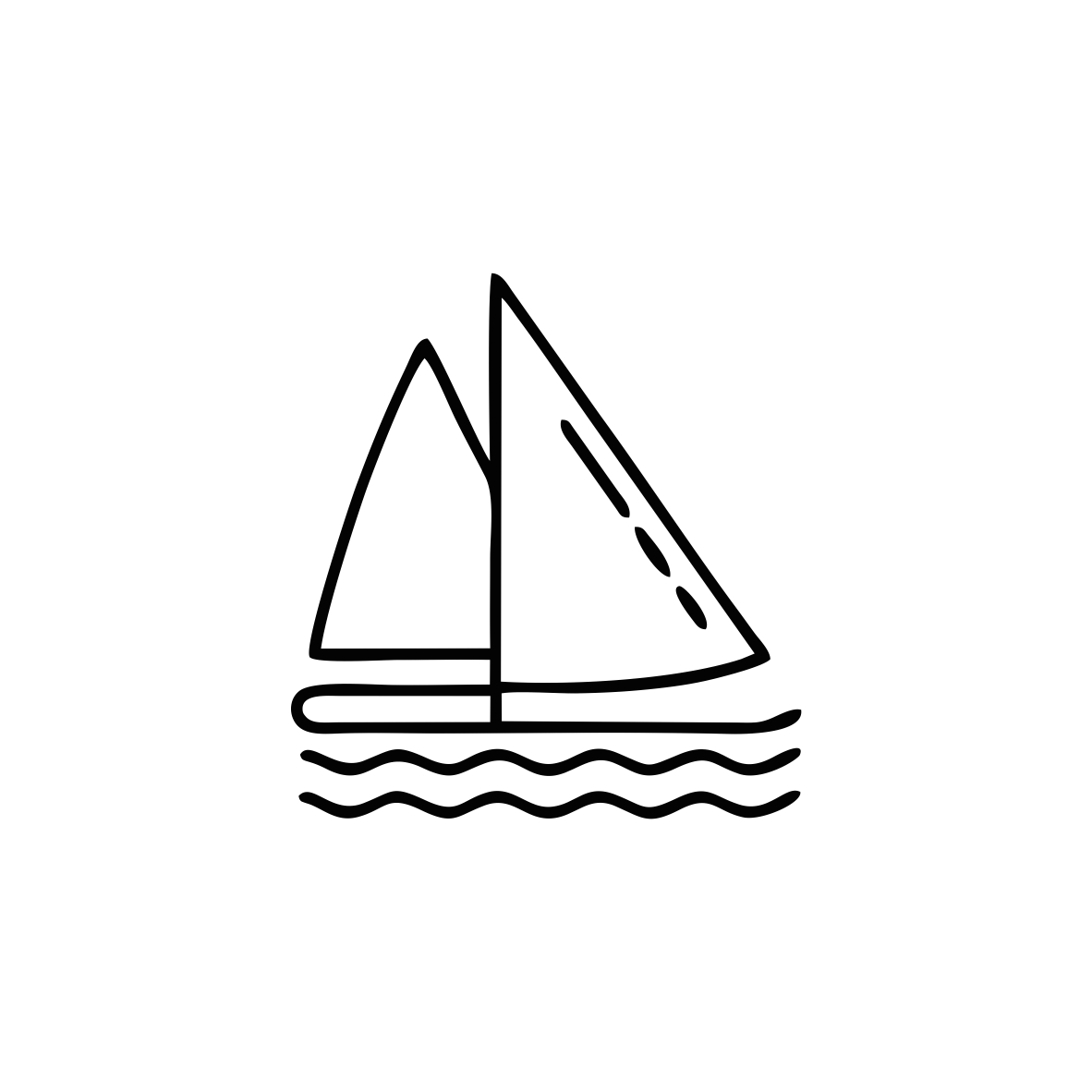



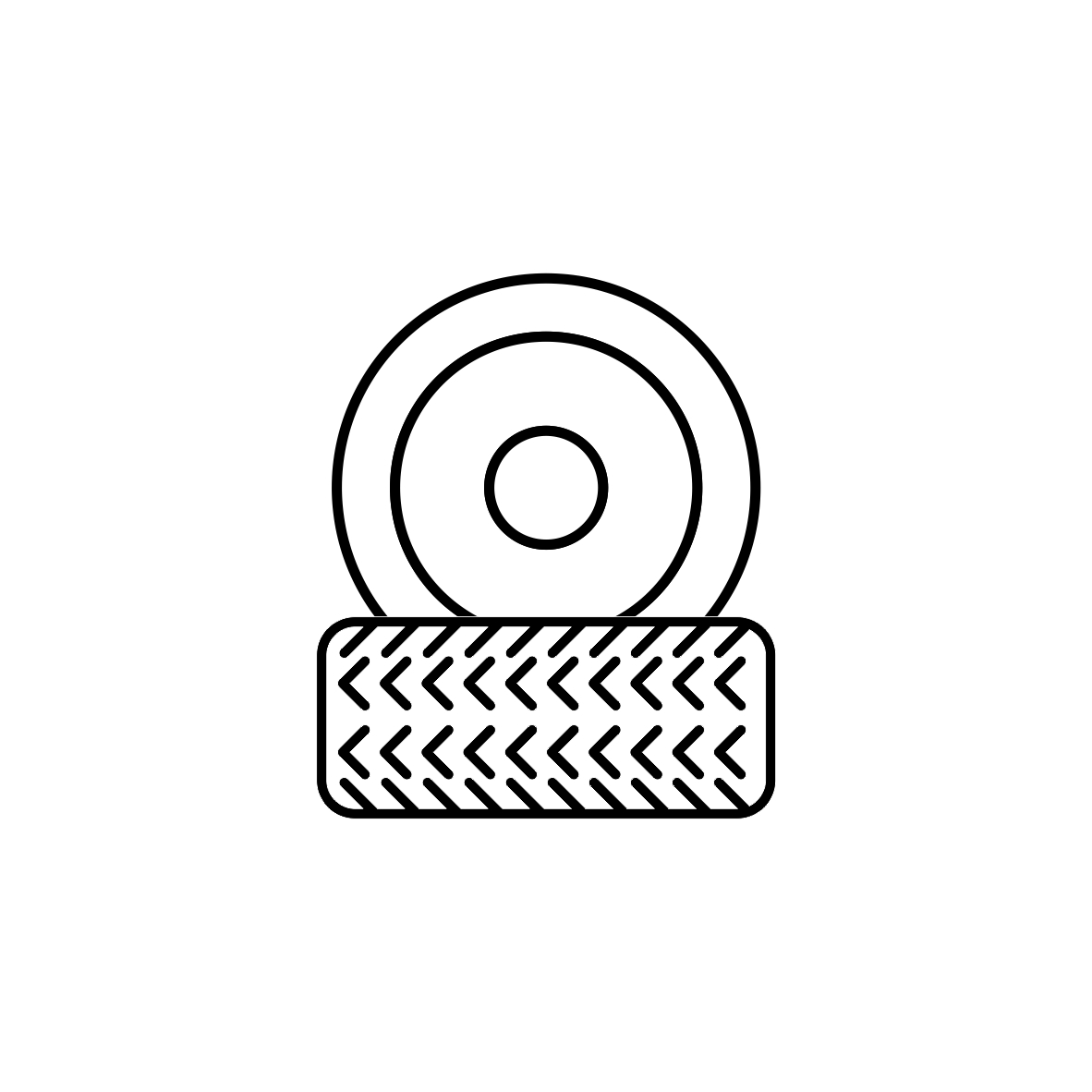

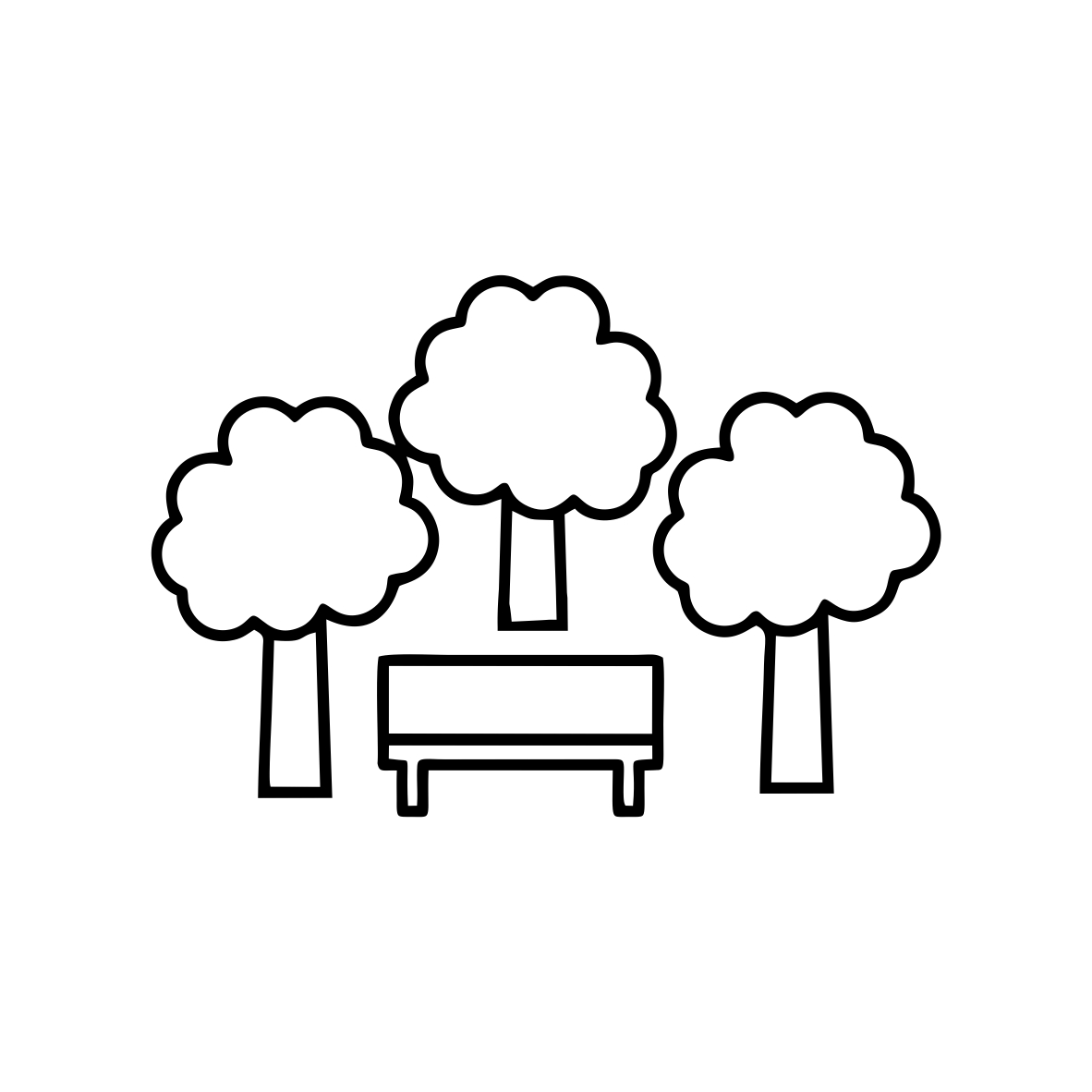
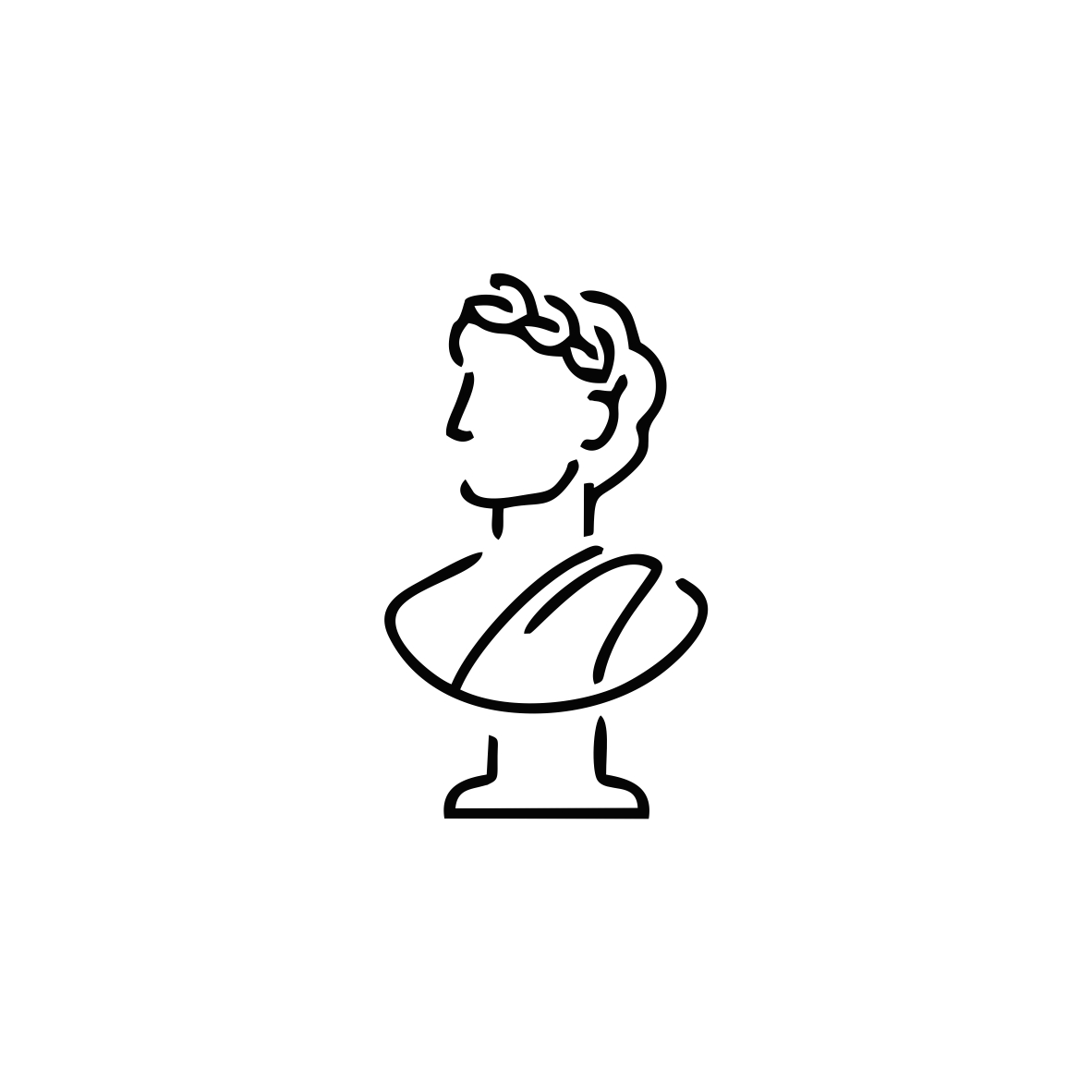

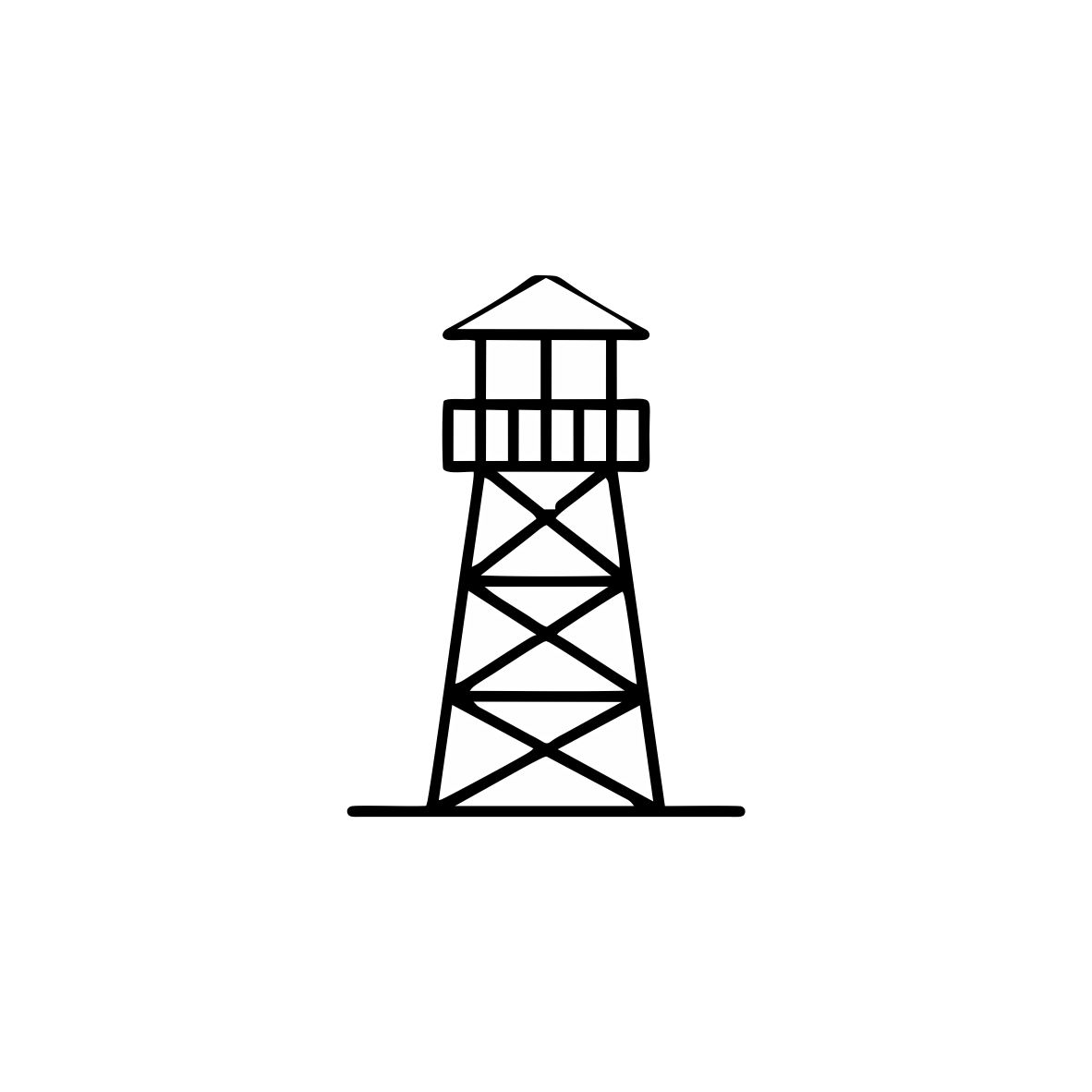

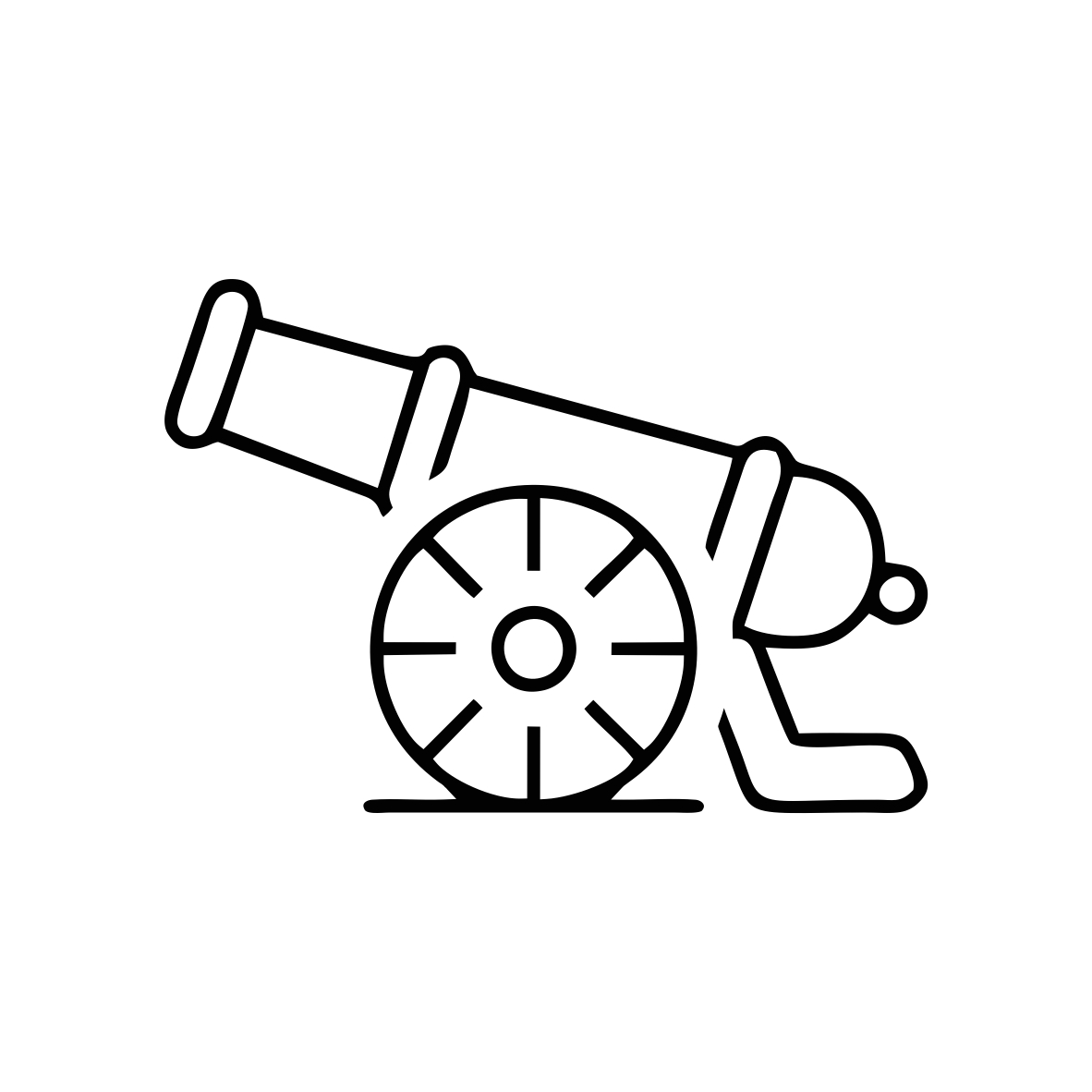
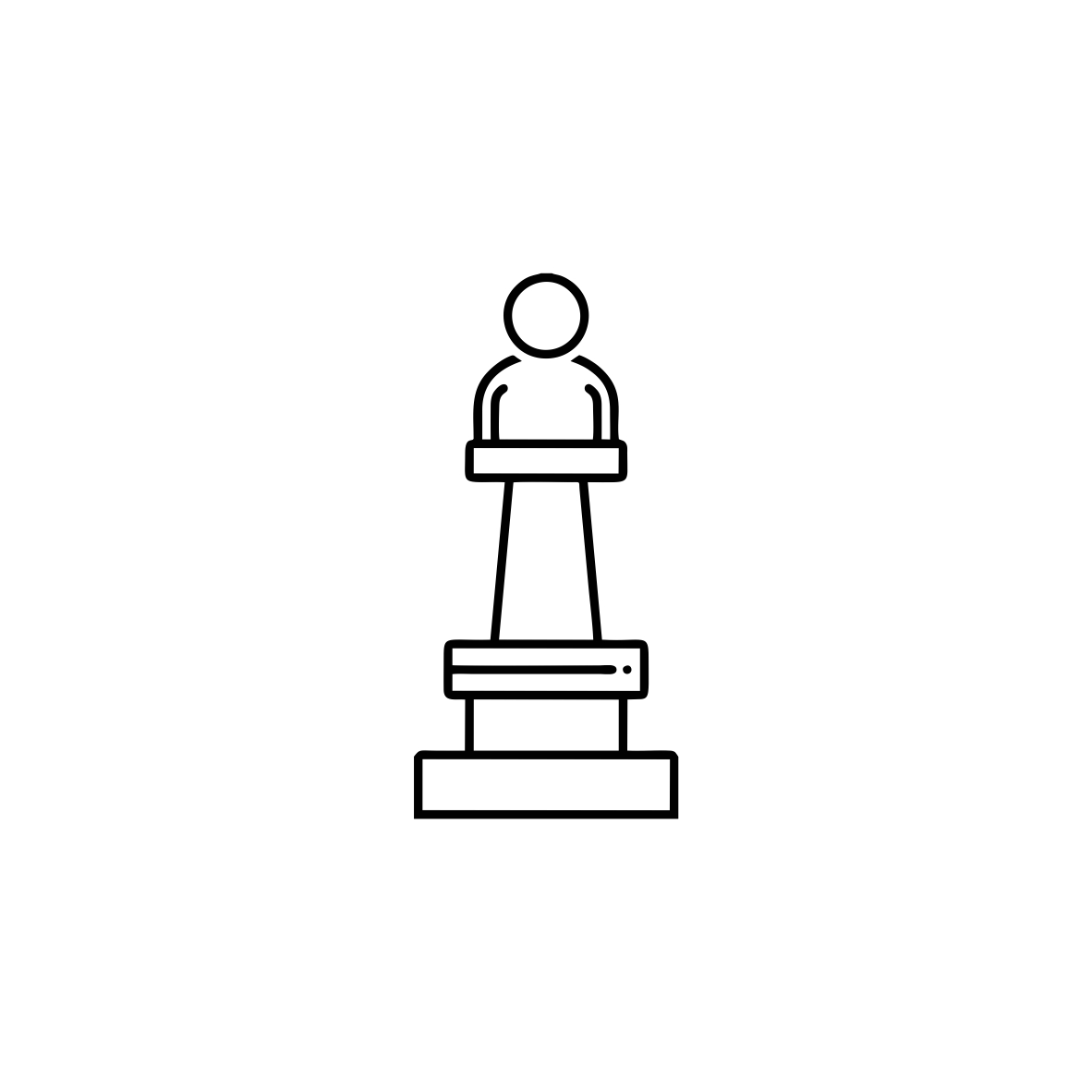

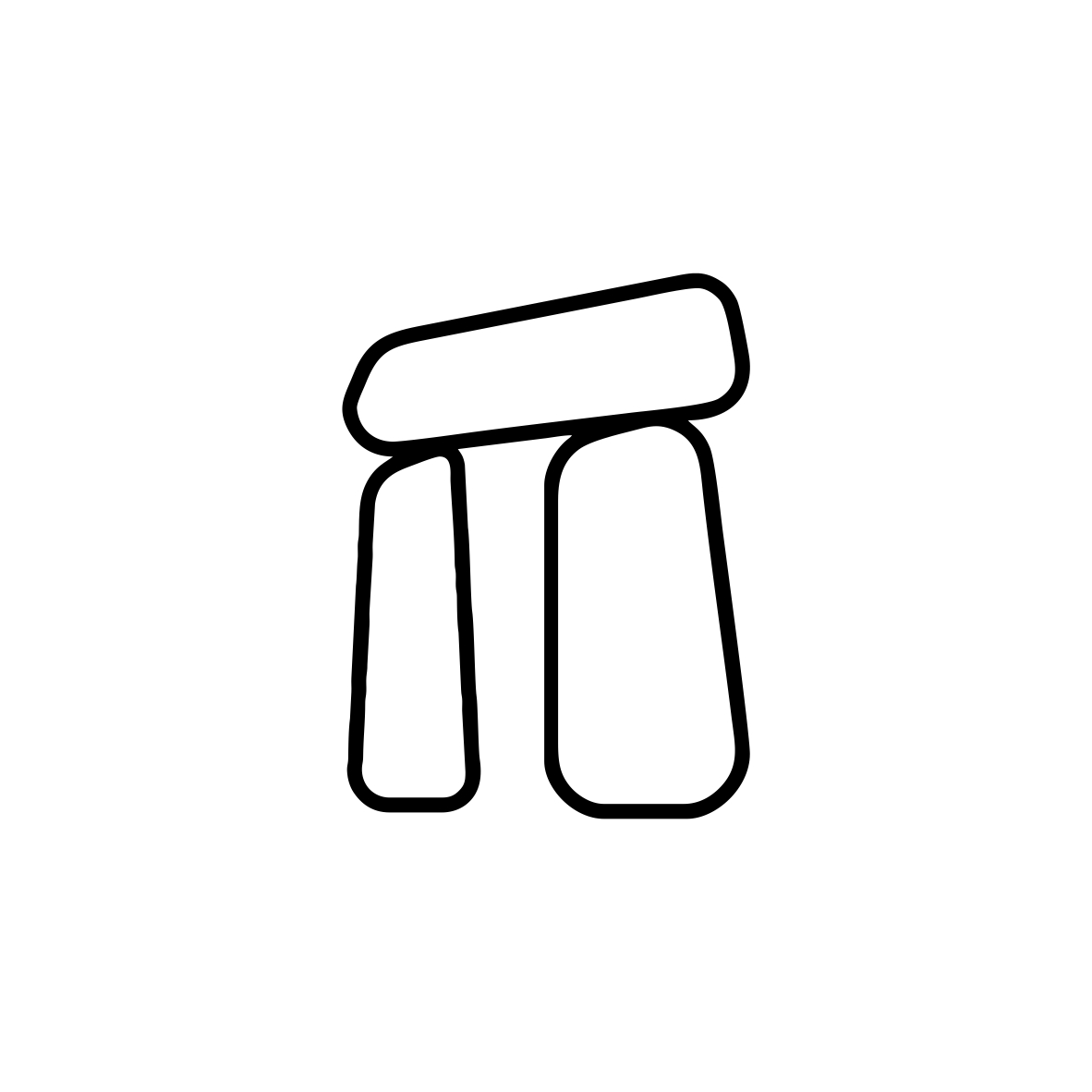


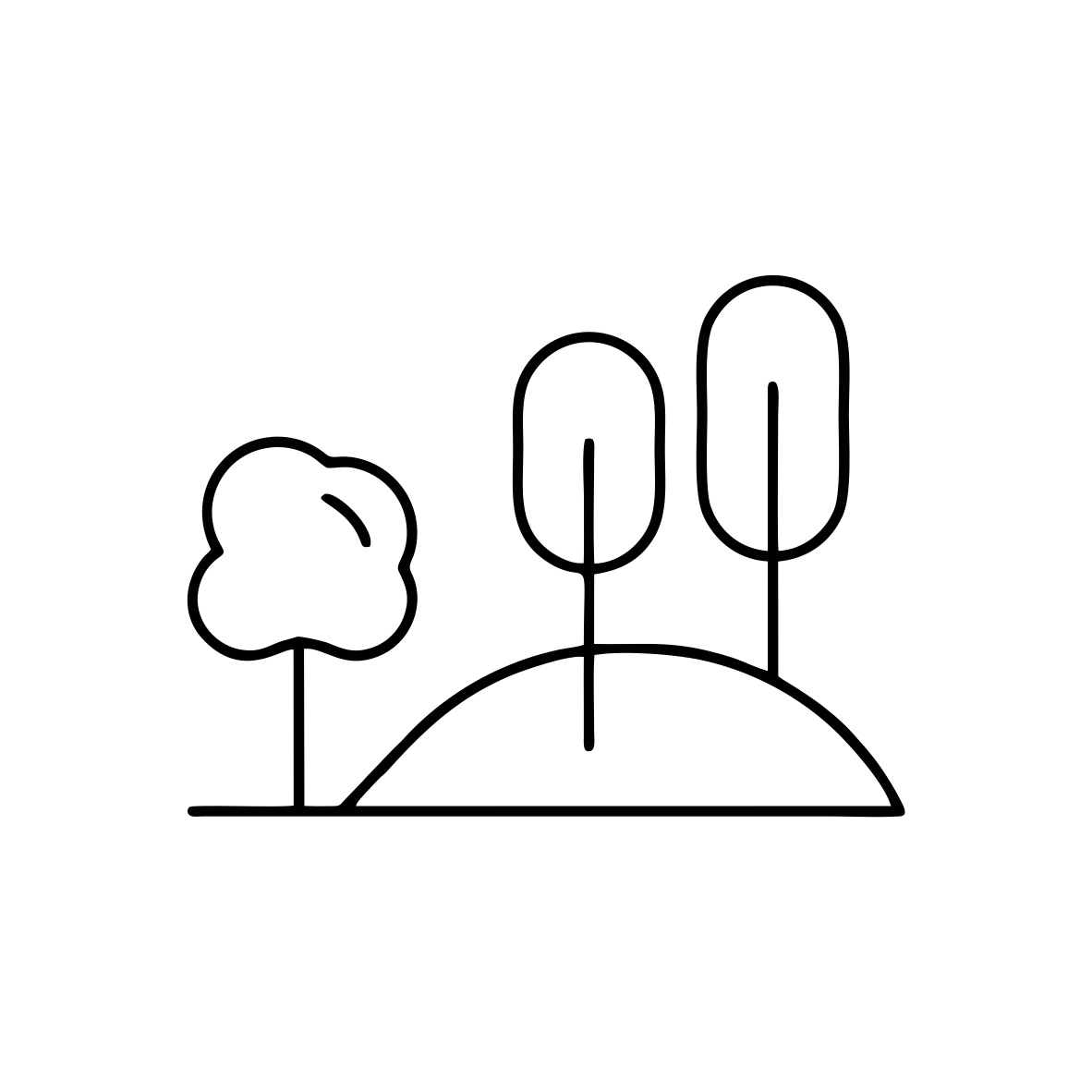
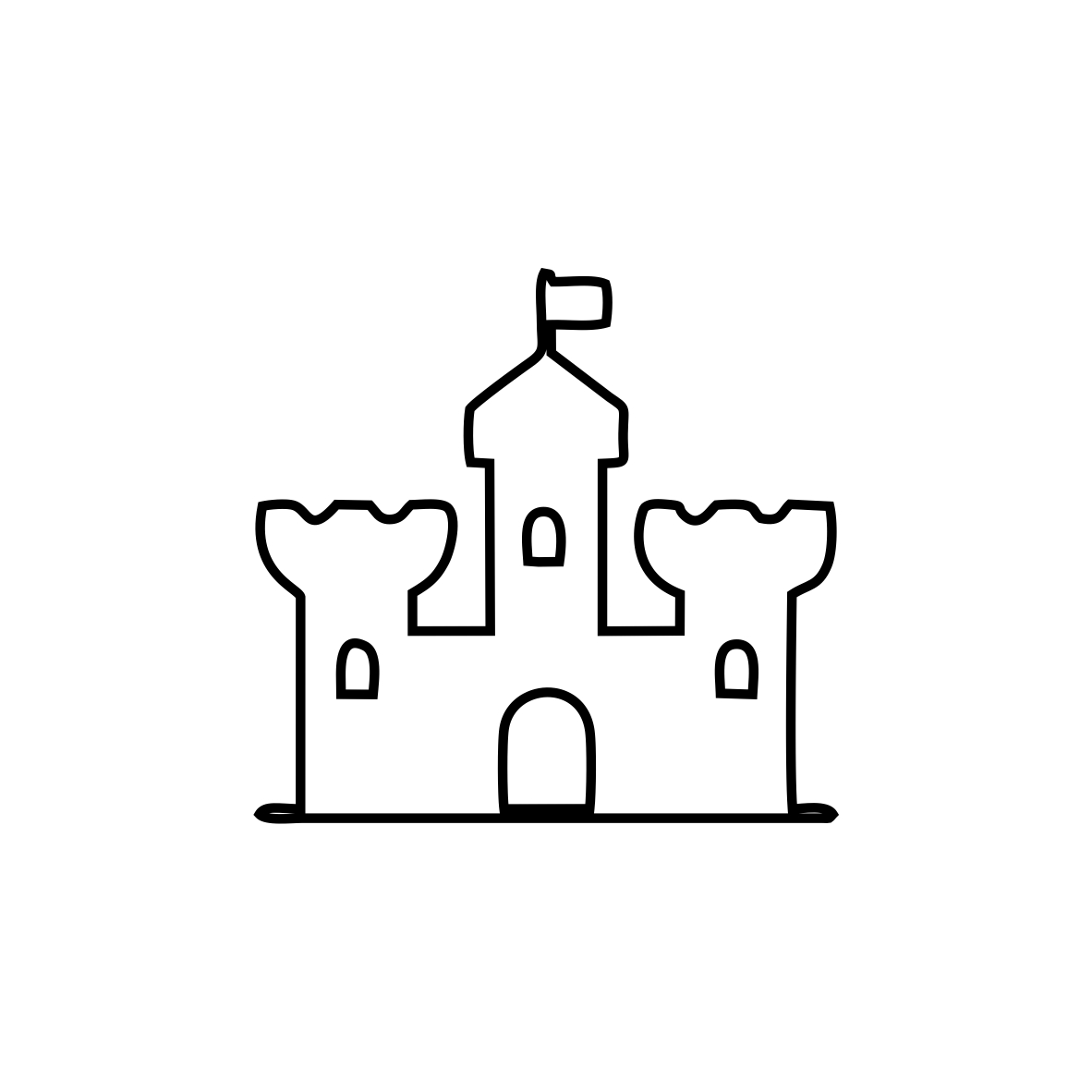

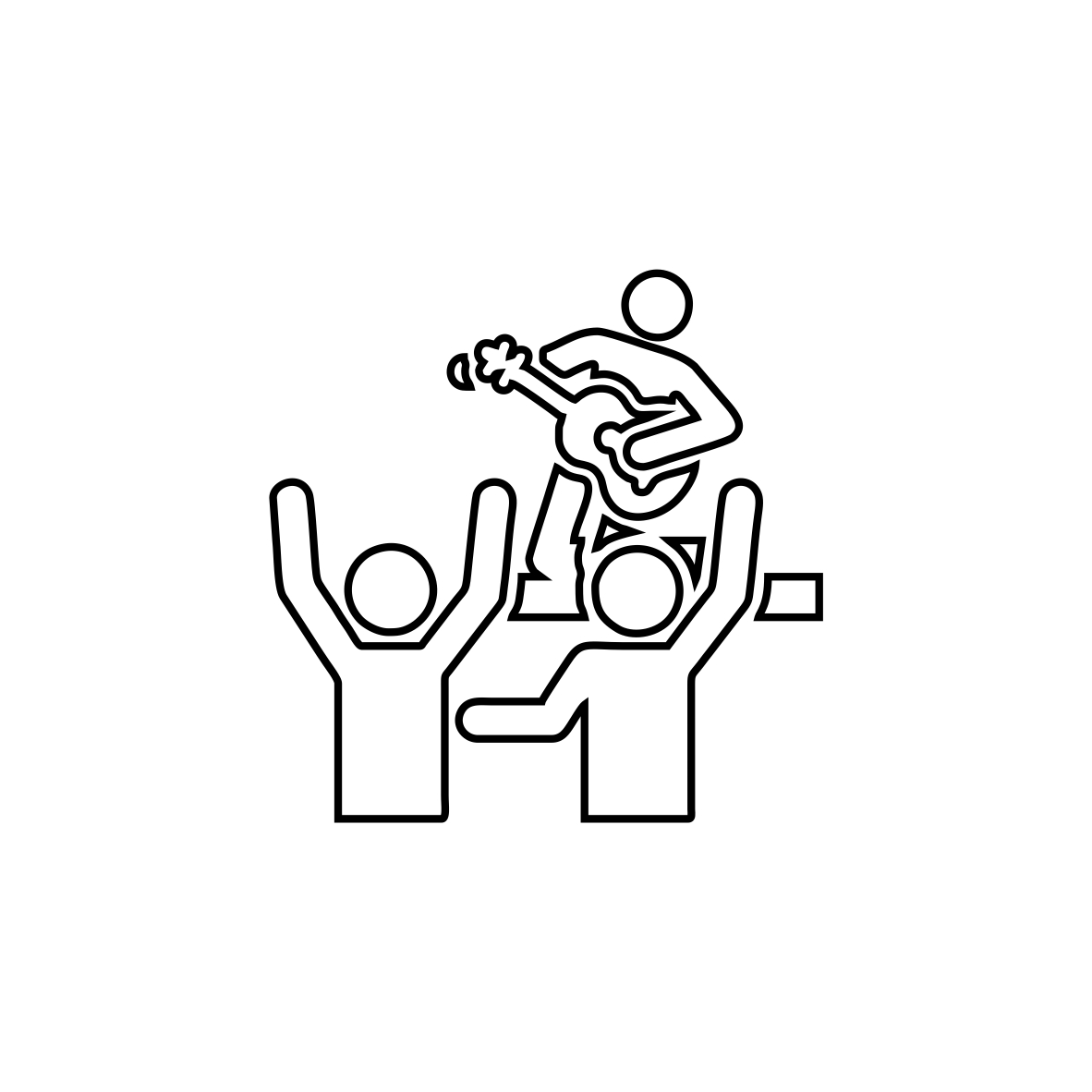


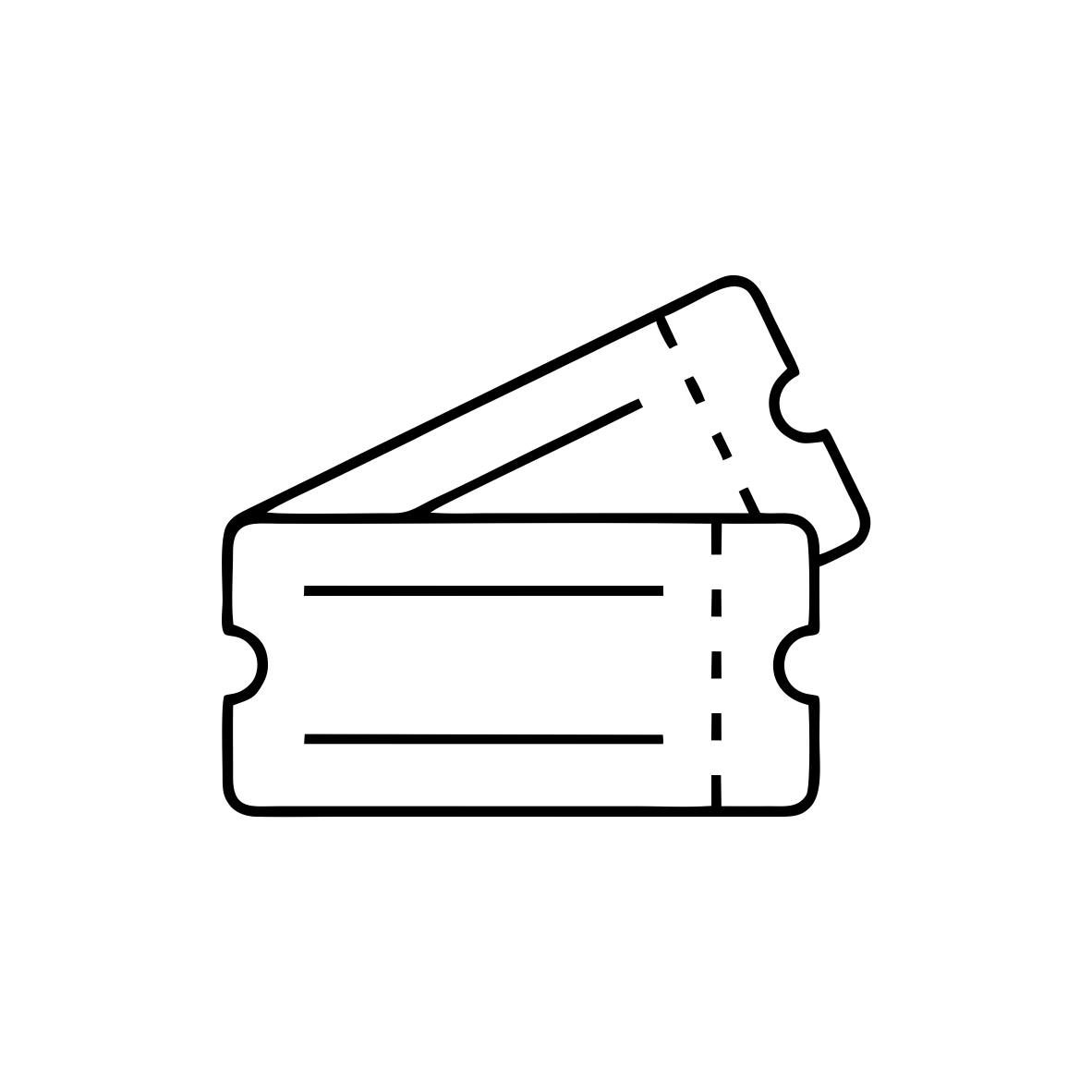
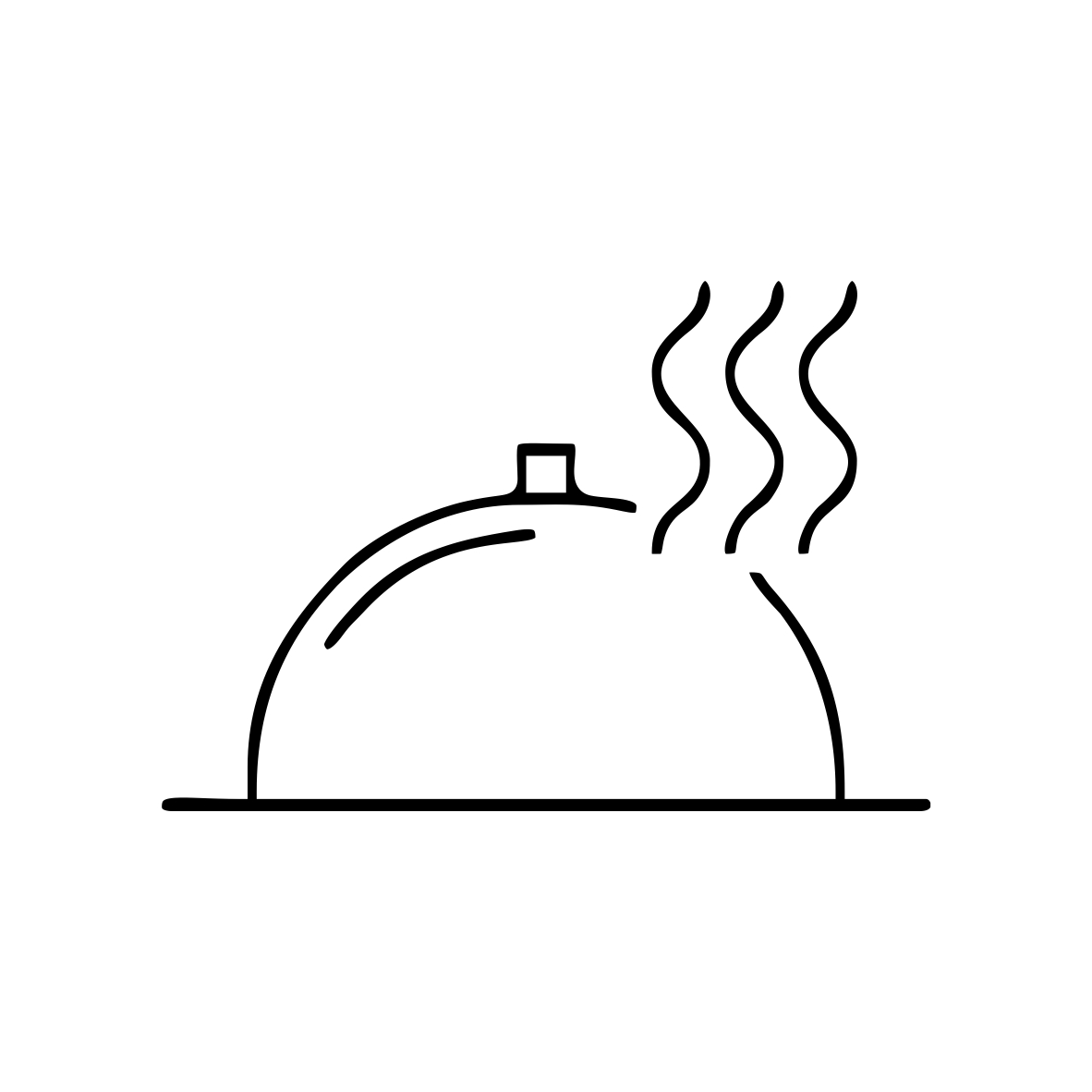
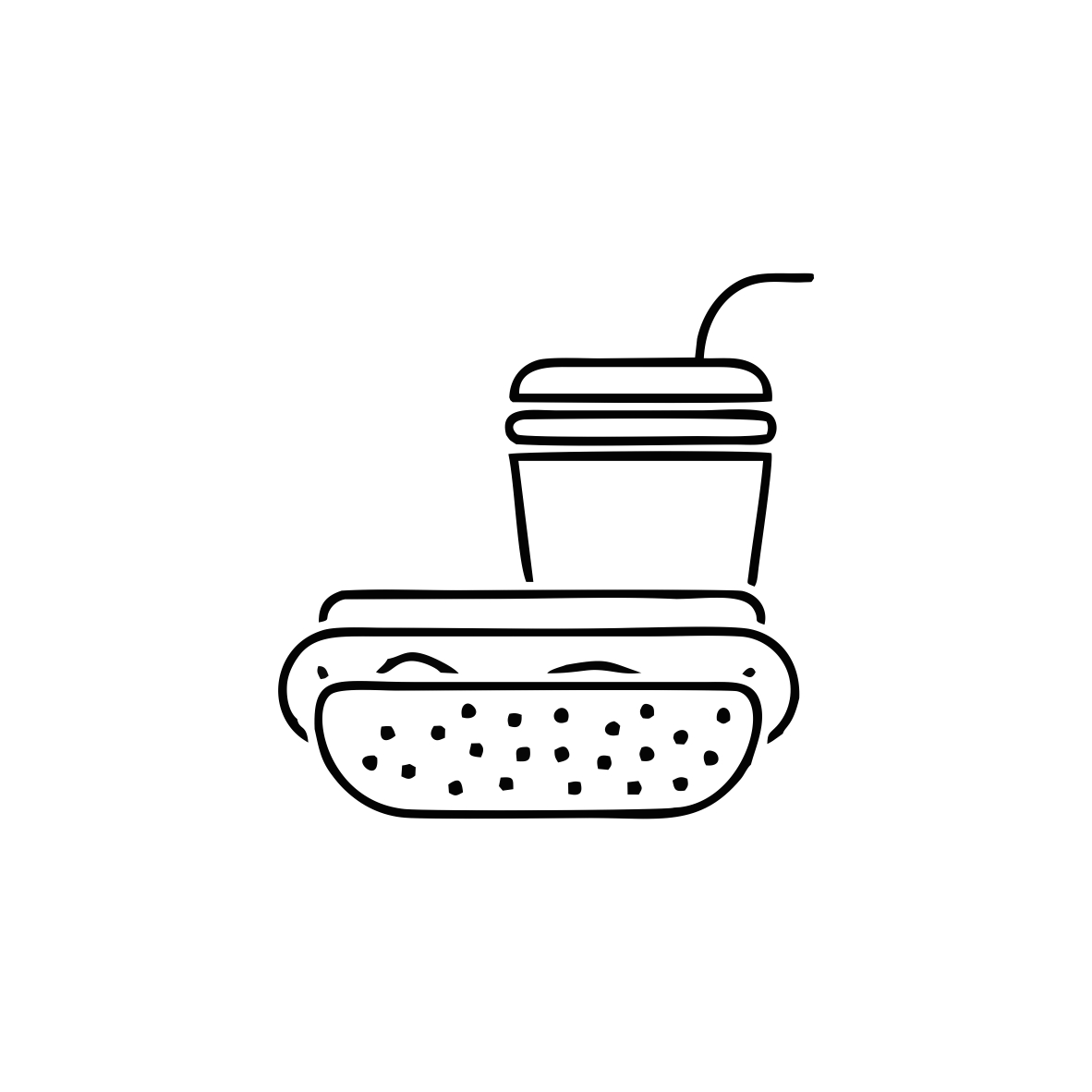


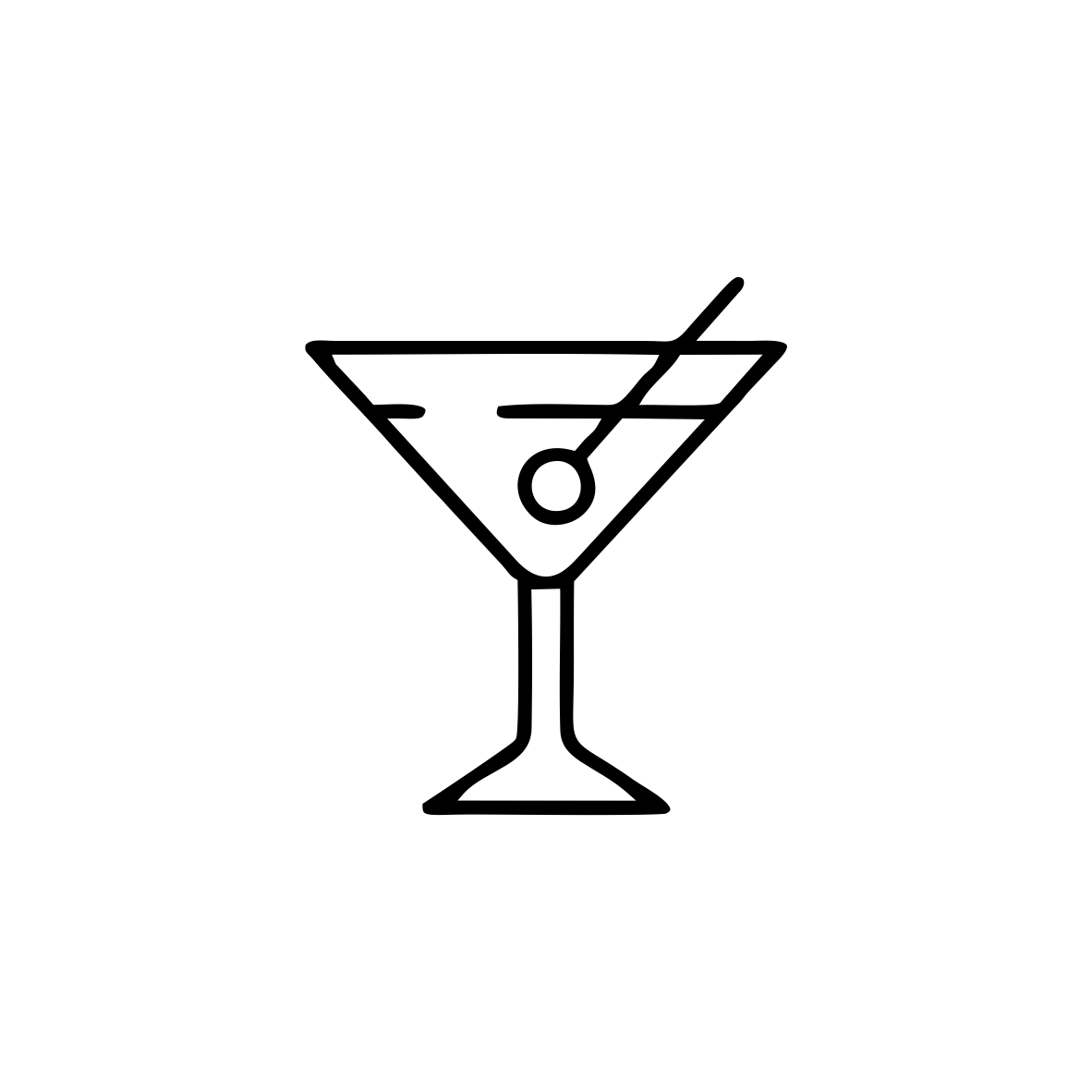
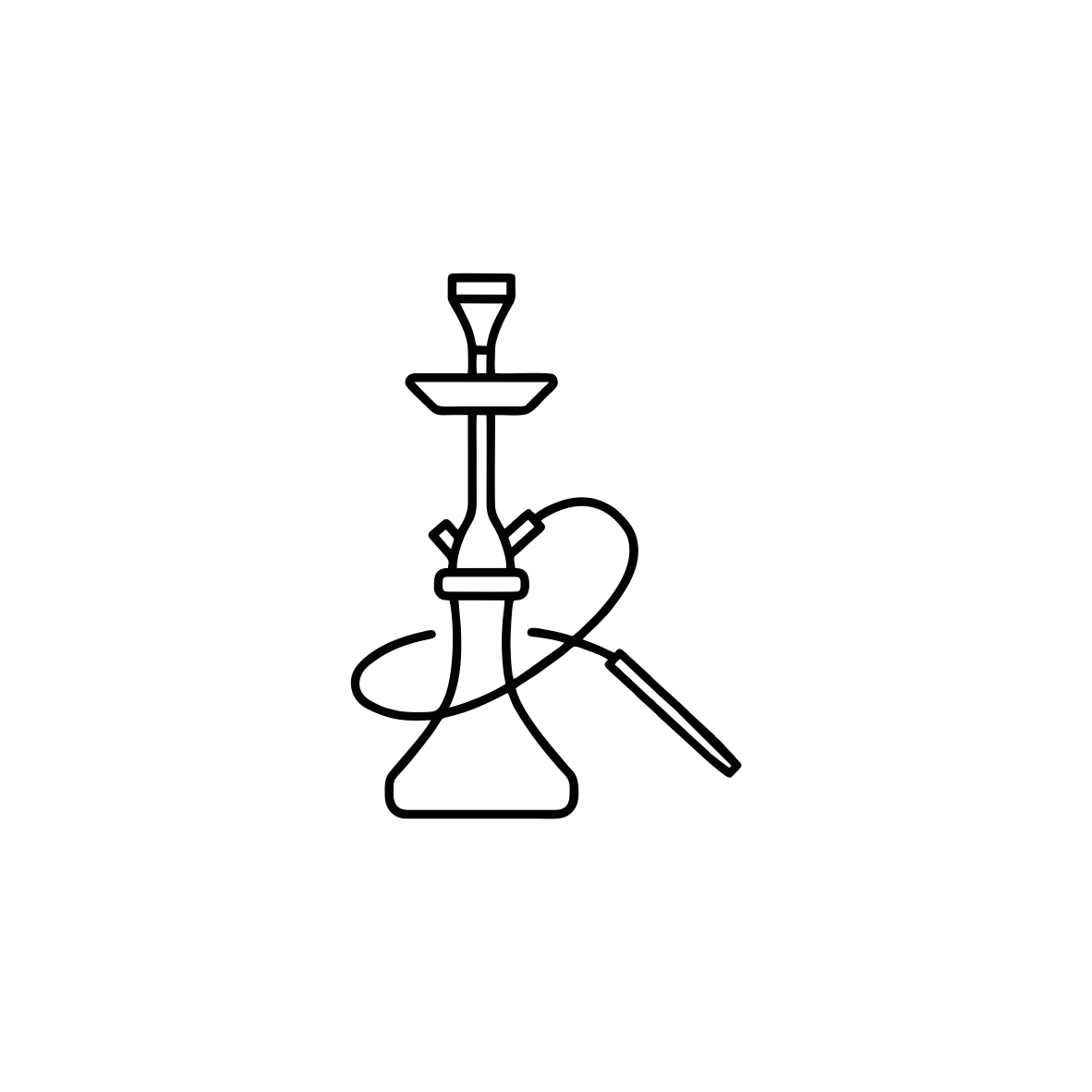
 55.552356, 21.127467
55.552356, 21.127467
 Get directions
Get directions